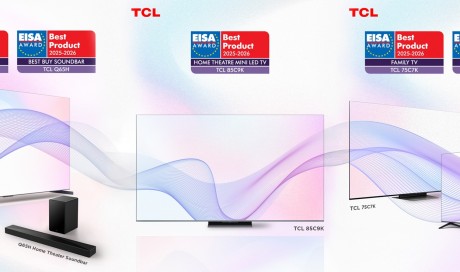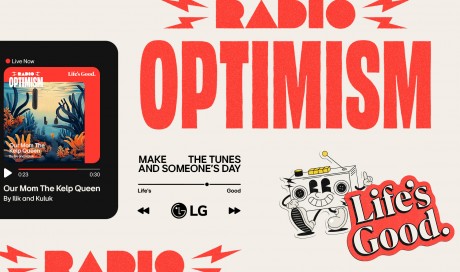Despite the existence of numerous messaging services such as WhatsApp and WeChat, email is still the king of online communication. Whether it is internal communication at work, applying for a job elsewhere or trying to catch up with a long lost friend, email is the go-to communication tool.
Unfortunately, many amongst us, especially the millennials, haven't comprehended the importance of a well-written email. Even though the medium is digital, a well-written email can have the same impact a properly written letter had in the previous decades. It can open doors, create connections and get things done.
Here are 5 lesser-known tips to write more effective emails:
1. Keep it short
A well-written piece, whether email, essay or a letter, should be short and to the point. Henry David Thoreau famously wrote in a letter to his friend, "Not that the story need be long, but it will take a long while to make it short". It is ideal to keep your email to 5 sentences for the benefit of the sender and the receiver.
2. Name attachments properly
A significant portion of us is too lazy or inefficient when it comes to naming documents and other files on your computers. Most of us even end up with file names such as 'CV final final'. Sending files with terrible names will cause serious confusion to the receiver, especially when they search for the downloaded file. Hence, always give appropriate names to the files you are attaching. If you are attaching a CV, then name the attachment to 'Your Name CV'.
3. Use meaningful subject lines
Subject lines should give the reader a quick idea of what the email is about, so that they can decide whether to open it or send straight to trash. If you are sending a working mail asking someone to do an action, then use the word 'request' followed by a short line of the particular action in the subject line. Similarly, use word 'info' in the subject line to convey the recipient that the email's content is informational and doesn't require any action.
4. Make it smartphone friendly
There is a high chance that the email you are sending out will be read on a smartphone. So, keep that in mind and avoid using a fancy format or graphics in your email. Also remember, that the attachments you are sending must be in a popular format that most email apps can open easily.
5. Use sub-headings and bullet points
Bullet points and sub-headings hold power to bring proper structure to the email. Since the purpose of your email is to communicate effectively and not to impress anyone with your writing skills, use them whenever needed. Use of bullet points and numbered lists are something the receiver will genuinely appreciate.
Share This Post














